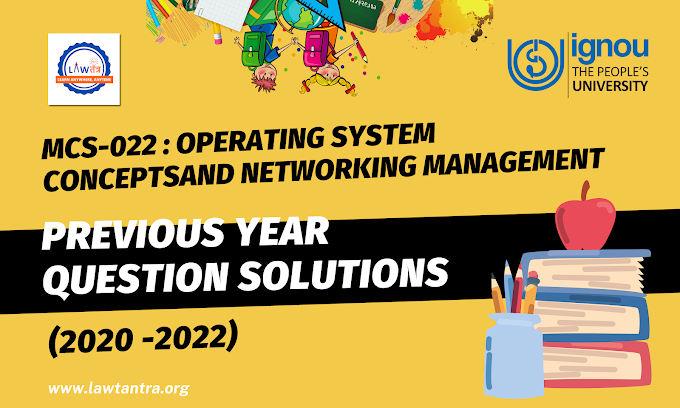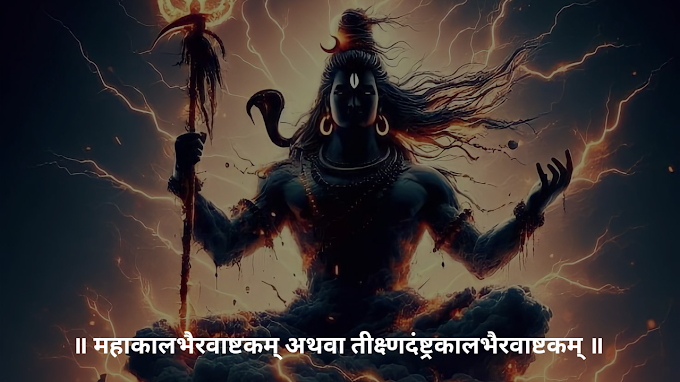Introduction
In today's technology-driven age, it is no surprise that our love lives have also been affected by the digital revolution. The world's most popular search engine, Google, has played a significant role in shaping the way love is expressed in modern relationships. From online dating to getting relationship advice, Google has become an essential tool for navigating the complexities of love. This article explores the various ways in which Google has revolutionized the expression of affection and its impact on modern relationships.
Table of Contents:
- Introduction
- The Digital Dating Landscape
- Searching for Love Advice
- Language of Love
- Planning Romantic Gestures
- The Digital Memory Lane
- Conclusion
The Digital Dating Landscape:
Online dating platforms have forever changed the way people meet and form romantic relationships. With a simple Google search, people can locate a wide range of dating apps and websites to help them find potential partners based on their preferences and compatibility. Google's algorithms have streamlined the matchmaking process, making it easier for users to find love in our increasingly digital world.
Searching for Love Advice:
When faced with relationship dilemmas or seeking guidance on matters of the heart, many people turn to Google for answers. From relationship advice forums to expert articles, Google acts as a virtual counselor, providing insight into various aspects of love and relationships. Whether it's advice on maintaining a healthy relationship or navigating conflicts, Google provides a wealth of information at our fingertips.Language of Love:
Google's translation services have broken down language barriers in relationships, enabling communication between people from different cultures and linguistic backgrounds. Partners can now use Google Translate to express their feelings, bridge gaps, and connect on a deeper level, regardless of language differences. It has opened up new possibilities for intercultural relationships and enriched the diversity of love stories around the world.
Planning Romantic Gestures:
Google's vast array of services, such as Google Maps and Google Images, have revolutionized how couples plan romantic gestures and outings. From finding the perfect date spot to organizing surprise trips, Google's tools provide inspiration and help create memorable experiences for loved ones. Whether it's researching restaurant reviews or discovering hidden gems in a new city, Google helps couples navigate the logistics of creating unforgettable moments. Translation services have broken down language barriers in relationships, enabling communication between people from different cultures and linguistic backgrounds. Partners can now use Google Translate to express their feelings, bridge gaps, and connect on a deeper level, regardless of language differences. It has opened up new possibilities for intercultural relationships and enriched the diversity of love stories around the world.
The Digital Memory Lane:
In the age of smartphones, couples document their journey together through photos and videos. When reminiscing about cherished memories, Google Photos acts as a digital time capsule, effortlessly organizing and storing these precious moments. With its powerful search capabilities, couples can easily retrieve memories and strengthen the bond and nostalgia that comes with shared experiences.
Conclusion:
Google has undeniably changed the way we express love in modern relationships. Whether it is facilitating connections through online dating platforms, providing guidance on relationship matters or helping plan romantic gestures, Google has become an integral part of the love landscape. However, it is important to strike a balance between digital interactions and real human connections, ensuring that technology enhances rather than replaces the emotional aspects of love. As technology continues to evolve, Google's influence on modern relationships will continue to shape the ways in which we express and experience love.







0 Comments
Please do not enter any spam link in the comment box.